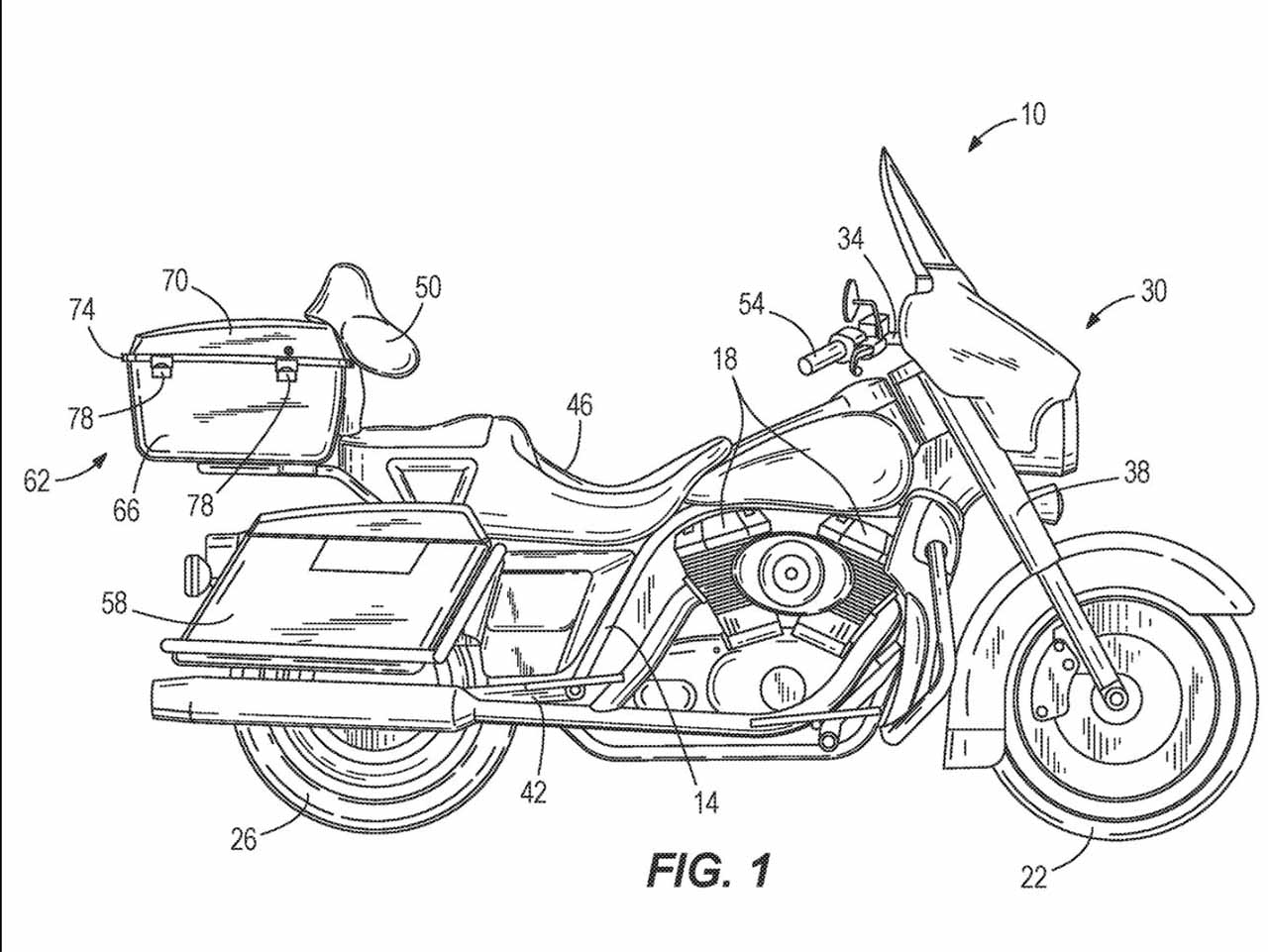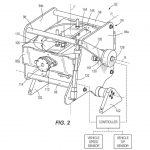Harley-Davidson’s new self-balancing technology is aimed to help riders get used to its massive 300kg+ cruisers
In the sphere of motorcycles, ICE products are inching towards their peak of technological and mechanical advancement. Manufacturers are currently concentrating on supporting fields (lighting, tyres, lightweighting, etc.) if not entirely diverted to reap the potential of all-electric powertrains. Another newborn area of interest among motorcycle makers is self-balancing technology. It virtually avoids the use of a side stand (unless the system requires the engine to run).
American motorcycle manufacturer Harley-Davidson has filed a patent for its own version of two-wheeler self-balancing system. Primarily aimed to make it easier for new riders to get accustomed to the brand’s massive cruisers models such as CVO and Glide series weigh more than 300kg, the self-balancing system can be retrofitted into Harley-Davidson’s ‘Tour-Pak’ top box. Based on inputs from the gyroscope, the system can help the motorcycle stay upright while stationary as well as slow speeds (3mph or less than 5km/h). It automatically disengages once the motorcycle crosses this speed.
The gyroscope unit mainly consists of a hefty flywheel coupled to an electric motor, situated inside a gimbal that moves according to roll and pitch values. The motor spins at 10,000-20,000rpm and a programmed linear actuator help tilt it between either side. This creates a counter-force against the lean of the motorcycle or in other words, acts as an invisible hand which prevents it from falling.

Besides being a practical add-on for first-time riders (of Harley’s big bikes), the system is ideal for senior Harley-Davidson owners as well. In fact, Harley-Davidson’s core customers are ageing and this has had an indirect impact on the company’s business. It is a widely known fact that Harley-Davidson is not doing particularly well on the sales charts.
This is also the reason why the brand is looking forward to diversifying its portfolio to new segments such as electric (LiveWire), adventure tourer (Pan America), streetfighters (Bronx) and more. The company is strengthening its entry-level Street and Sportster range too.
It is worth mentioning that Harley-Davidson’s self-balancing technology is in its early patenting stage and may not come into production. However, it has all the merits to be part of the brand’s choice of genuine accessories. It would most likely be a removable unit so that users can utilise the space for added luggage carrying capacity (still the same volume as a non-gyro-equipped model) once they gain confidence at taming their rather intimidating V-Twin. Harley-Davidson promises that the added weight of the system will not affect the basic riding characteristics of the cruiser.




